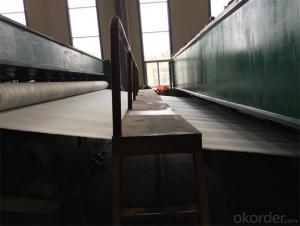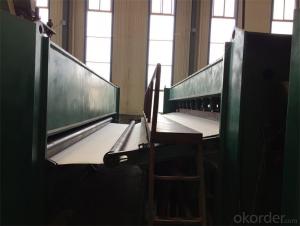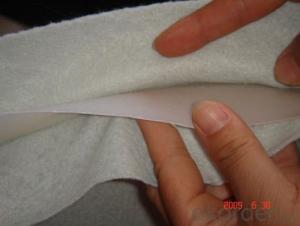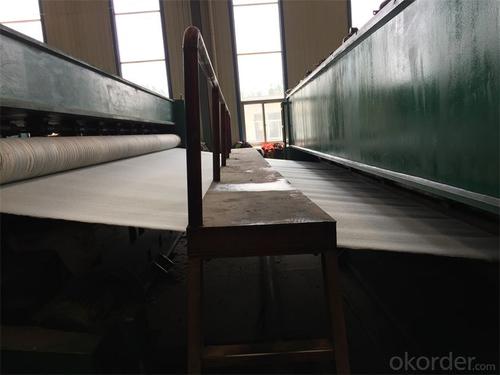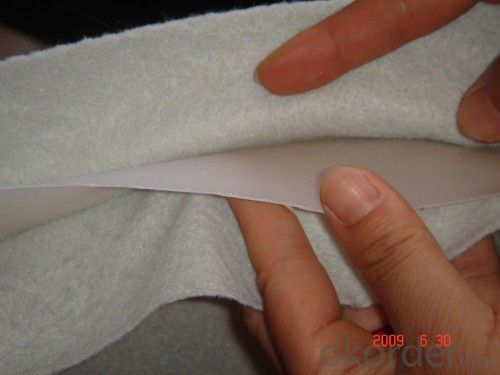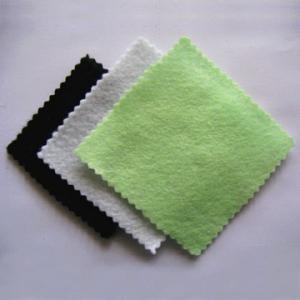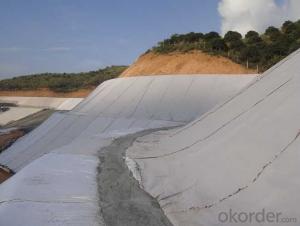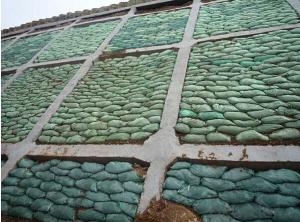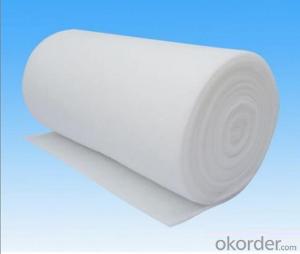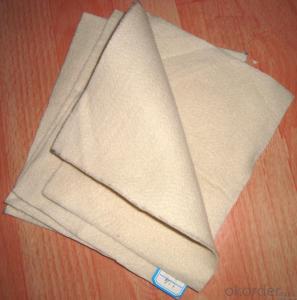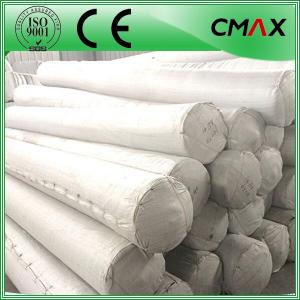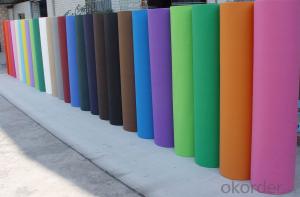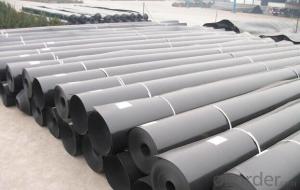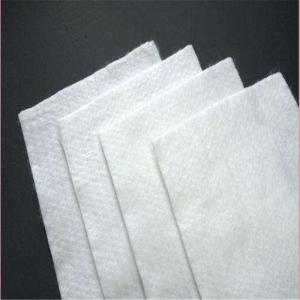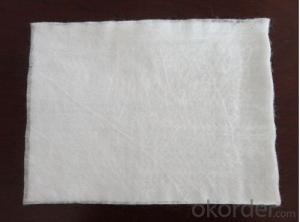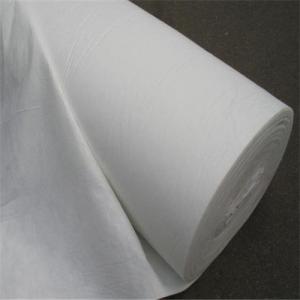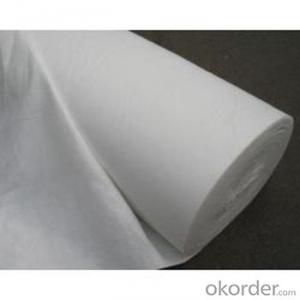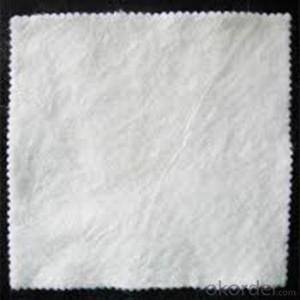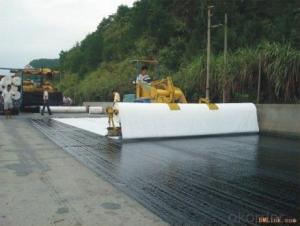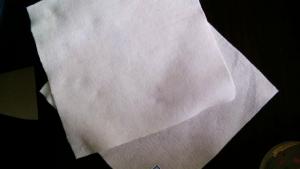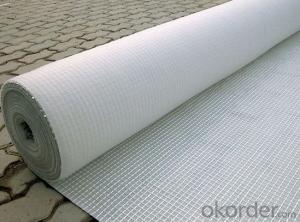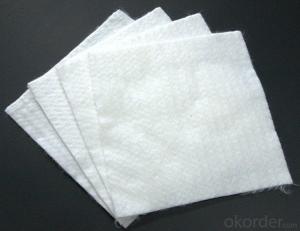Geotextile Surabaya - High Quality PP/PET Non Woven Geotextile for Road Construction
- Loading Port:
- Qingdao
- Payment Terms:
- TT or LC
- Min Order Qty:
- 5000 m²
- Supply Capability:
- 100000 m²/month
OKorder Service Pledge
OKorder Financial Service
You Might Also Like
1. Specifications of Non Woven Geotextile
1) Weight / Mass: 100g/m2-1500g/m2 .
2) Width: Within 8 m (1m-8m as request ).
3) Length: 50m-100m/roll (as request).
4) Material: PP / PET .
5) Certificate: CE/ISO9001/ISO14001
6) Manufacturing method: nonwoven / woven.
2. Features of Non Woven Geotextile
1) Short Fiber Geotextile
The geotextile is made of polypropylene staple fibers on cross-laying equipment and needle punched equipment.
It owns the advantages of acid and alkali resistance, erosion resistance, aging resistance, large strength, stable size, good filtrability etc.
2) Filament geotextile:
Filament geotextile has features as follows: High strength, good capacity of elongation and high biology tolerance, alkali tolerance, acidity tolerance, weather resistance good filtration and fine drainage capacity etc. Also it is of low cost, easy in construction and use effects.
3. Application of Non Woven Geotextile
1) artificial filling foundation movement of ground water.
2) gravel filter layer surrounding the periphery of the drain pipe drain.
3) in water conservancy projects wells, relief wells or inclined pipe filter.
4) for retaining wall backfill reinforcement, or for anchored retaining wall panel.
5) reinforced flexible pavements, crack repair roads, prevent the reflection cracks of pavement.
6) in ternal vertical or horizontal drainage, dissipation of pore water pressure in soil.
7) water impermeable geomembrane dam or embankment in the lower part of the back or the concrete.
8) the isolation layer between the road ballast and subgrade, isolation layer or between the embankment and soft foundation.
9) the isolation layer soil between highway, airport, railway ballast and artificial rockfill and soil fabric.
3. Product Show of Non Woven Geotextile
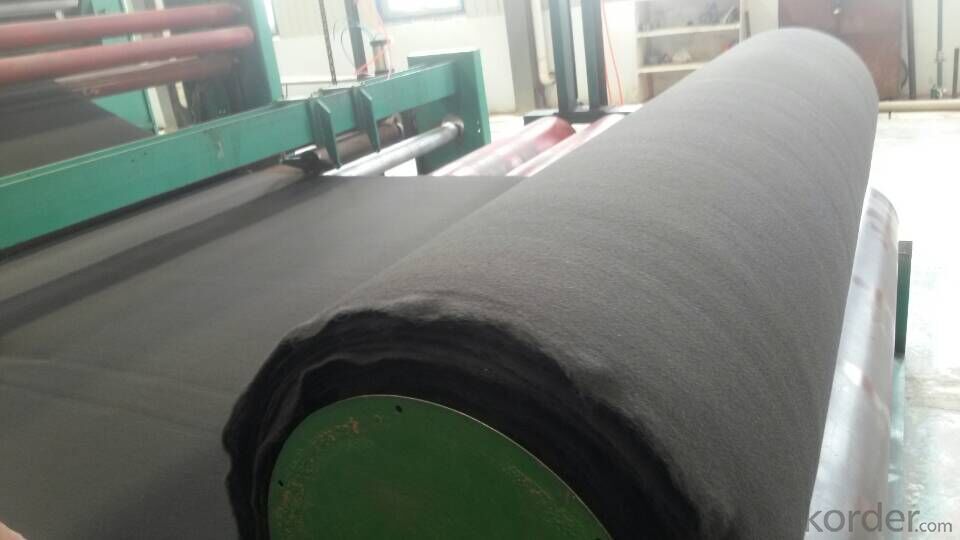
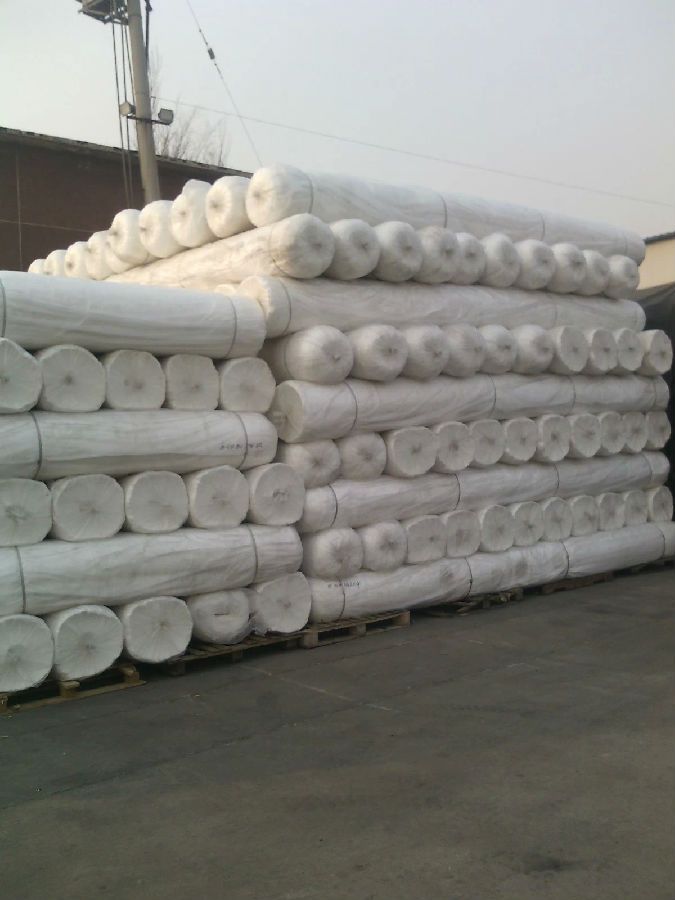
FAQ of our geotextile:
- Q: What can we do for the special customer?
A: Provide custom made service with customer's drawing; We make sure to provide you with the best solutions for your individual case. Whether standard items or non-standard items.
- Q: What can we supply?
A: We provide high levels of communication from start to finish.
- Q: What is our advantage?
A: Top Cemented Carbide has extensive business experience, Fast delivery and high quality.
- Q:How do geotextiles contribute to slope stability analysis?
- Geotextiles contribute to slope stability analysis by providing reinforcement and stabilization to the slope surface. These synthetic materials act as a barrier against erosion, soil movement, and water infiltration, reducing the risk of slope failure. By enhancing the shear strength and internal stability of the slope, geotextiles help in evaluating the stability of slopes and designing appropriate measures to mitigate potential hazards.
- Q:What are the factors that affect the effectiveness of geotextiles in erosion control?
- The effectiveness of geotextiles in erosion control is influenced by several factors. Firstly, the material and quality of the geotextile itself play a significant role. Geotextiles with higher tensile strength and durability are more effective in preventing erosion. Secondly, the design and installation of the geotextile are crucial. Proper placement and anchoring techniques ensure that the geotextile remains in place and functions effectively. The type and intensity of the erosive forces also impact the effectiveness of geotextiles. Factors such as water flow rate, soil type, slope gradient, and vegetation cover can affect how well the geotextile mitigates erosion. Additionally, the maintenance and regular inspection of the geotextile are important for its long-term effectiveness. Overall, a combination of material quality, proper installation, and consideration of site-specific conditions contribute to the effectiveness of geotextiles in erosion control.
- Q:How do geotextiles improve the performance of geosynthetic clay liners?
- Geotextiles improve the performance of geosynthetic clay liners by acting as a cushioning layer, preventing the direct contact between the clay liner and the surrounding soil, which helps to reduce the risk of puncture or damage to the liner. Additionally, geotextiles enhance the drainage capabilities of the clay liner by allowing water to pass through while retaining the clay particles, which improves the liner's hydraulic conductivity and overall performance in terms of filtration and containment.
- Q:What are the key properties to consider when evaluating geotextiles?
- When evaluating geotextiles, key properties to consider include strength, permeability, durability, and compatibility with the surrounding environment.
- Q:What are the challenges associated with the installation of geotextiles?
- Some challenges associated with the installation of geotextiles include the need for proper site preparation, ensuring correct placement and alignment, managing wrinkles and folds, securing the geotextile in place, and addressing potential issues with soil erosion or infiltration. Additionally, selecting the right type and quality of geotextile for the specific application is crucial for ensuring its effectiveness and longevity.
- Q:Are geotextiles commonly used in rainwater harvesting systems?
- Yes, geotextiles are commonly used in rainwater harvesting systems. They are a popular choice for filtration and separation purposes, helping to prevent soil erosion and retain sediment while allowing water to flow through. Geotextiles also aid in the maintenance and longevity of rainwater harvesting systems by reducing clogging and improving overall system efficiency.
- Q:What is the specific use of geotextile construction site? How much is it used?
- From the reinforcement, the role of filtration, I am specializing in the production of geotechnical materials
- Q:Can geotextiles be used in the construction of agricultural ponds?
- Yes, geotextiles can be used in the construction of agricultural ponds. Geotextiles are permeable fabrics that can effectively filter water, control erosion, and stabilize soil. They can be used as a liner or barrier in the construction of agricultural ponds to prevent soil erosion, improve water quality, and provide stability to the pond structure.
- Q:How do geotextiles contribute to sustainable construction practices?
- Geotextiles contribute to sustainable construction practices by providing a range of beneficial functions. They can stabilize soil, prevent soil erosion, and enhance drainage systems, which reduces the need for excessive excavation and reduces the amount of construction materials required. Geotextiles also promote environmental protection by filtering out pollutants and preventing their migration into surrounding areas. Additionally, they prolong the lifespan of infrastructure, reducing the need for frequent repairs and replacements, thereby minimizing the consumption of resources and energy. Overall, geotextiles play a vital role in sustainable construction practices by promoting efficiency, cost-effectiveness, and environmental conservation.
- Q:What are the different factors to consider when selecting a geotextile?
- When selecting a geotextile, there are several factors to consider. Firstly, the intended application of the geotextile should be taken into account. Different geotextiles are designed for specific purposes such as erosion control, filtration, separation, reinforcement, or drainage. Secondly, the physical properties of the geotextile, including its tensile strength, puncture resistance, permeability, and durability, should be evaluated to ensure they meet the requirements of the project. Additionally, the environmental factors, such as the soil conditions, water chemistry, and climate, should be considered to ensure the geotextile can withstand the site-specific conditions. Lastly, the cost-effectiveness and availability of the geotextile should also be taken into consideration to ensure it aligns with the project budget and timeline.
1. Manufacturer Overview |
|
|---|---|
| Location | |
| Year Established | |
| Annual Output Value | |
| Main Markets | |
| Company Certifications | |
2. Manufacturer Certificates |
|
|---|---|
| a) Certification Name | |
| Range | |
| Reference | |
| Validity Period | |
3. Manufacturer Capability |
|
|---|---|
| a)Trade Capacity | |
| Nearest Port | |
| Export Percentage | |
| No.of Employees in Trade Department | |
| Language Spoken: | |
| b)Factory Information | |
| Factory Size: | |
| No. of Production Lines | |
| Contract Manufacturing | |
| Product Price Range | |
Send your message to us
Geotextile Surabaya - High Quality PP/PET Non Woven Geotextile for Road Construction
- Loading Port:
- Qingdao
- Payment Terms:
- TT or LC
- Min Order Qty:
- 5000 m²
- Supply Capability:
- 100000 m²/month
OKorder Service Pledge
OKorder Financial Service
Similar products
Hot products
Hot Searches
Related keywords
